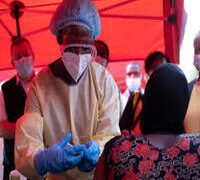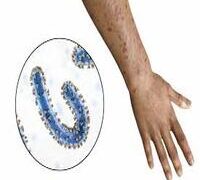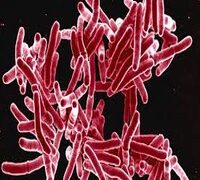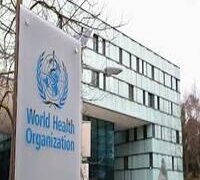Nutrition experts have warned that the rising cost of a healthy diet in Nigeria could lead to severe malnutrition among Nigerians with children under five mostly at risk if immediate action is not taken.
They asserted that before the current economic crisis, over 50 per cent of women of reproductive age struggled to afford a healthy diet.
The nutritionists said that the situation is further compounded by the recent economic crisis in the country which now agrees with the recent report by the National Bureau of Statistics.
The report revealed a 45 per cent increase in the CoHD over the first six months of 2024.
During the same period, general inflation and food inflation climbed to 33 per cent and 40 per cent, respectively.
Additionally, the NBS noted that the June figure was 19 per cent higher than the ₦1,041 per adult per day reported in May 2024.
According to the World Bank, the CoHD reflects the expense of purchasing the least expensive locally available foods required to meet energy and food-based dietary guidelines, adjusted for current purchasing power parities. The report noted that the main drivers of the increase in CoHD were vegetables, legumes, nuts, seeds, and starchy staples. Among these, starchy staples experienced the smallest month-on-month price increase.
In exclusive interviews with PUNCH Healthwise, the nutrition experts expressed deep concerns about the 45 per cent rise in the cost of a healthy diet, highlighting its severe implications for adults and children under five.
growth that persists into later life.
“Stunting can be likened to a ‘life sentence,’ whereas wasting is akin to a ‘death sentence.’ In both cases, the child’s potential is severely compromised due to inadequate nutrition.”
Corroborating this, a nutritionist and professor at the Department of Nursing Science, University of Calabar, Cross River State, Mary Mgbekem, emphasised that both adults and children who cannot afford a healthy diet will suffer from malnutrition.
Mgbekem highlighted that malnutrition did not always appear in the extreme form with visible protruding bones, emphasising that it can manifest in different ways.
She explained, “When certain nutrients are missing from the diet, deficiencies develop in the body. In nutritional assessment, there are four major methods to evaluate malnutrition. The first is anthropometric measurement, which involves checking measurements such as height and weight. “If I’m supposed to weigh 60 kg but due to an inability to afford food, my weight drops to 45 kg, am I healthy? Even if my height remains the same and I continue going about my daily activities, the significant weight loss indicates a problem. Similarly, some people may appear obese due to poor nutrition.
“When a person consistently eats only one type of food, you cannot expect them to be healthy. For instance, when someone’s waist is disproportionately larger than the rest of their body, it’s a sign of obesity.
“The second method of nutritional assessment is biochemical measurement. This involves analysing blood, urine, saliva, and stool to determine if there are deficiencies in essential nutrients. Chronic deficiencies can place significant stress on the body.”
SOURCE: PUNCH NEWS





































